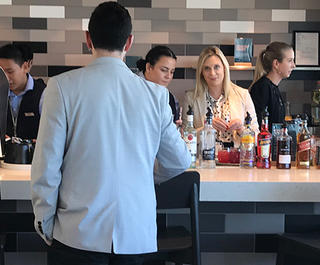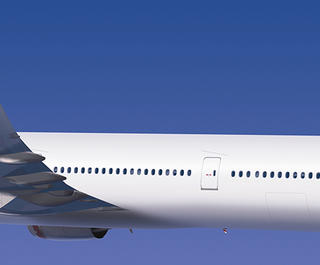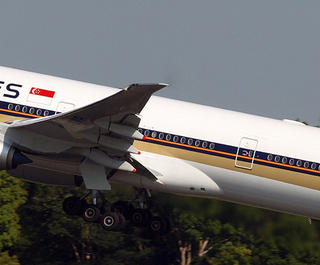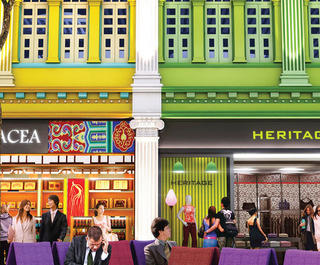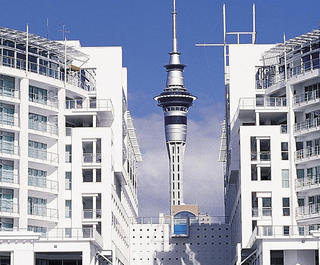
Heston Blumenthal, the mad scientist of the culinary scene introduced the ‘umami factor’ to British Airways, a couple of years ago following an episode of his Channel 4 series Heston’s Mission Impossible. This was the episode where he strived to prepare food made from scratch to passengers at 30,000 ft.
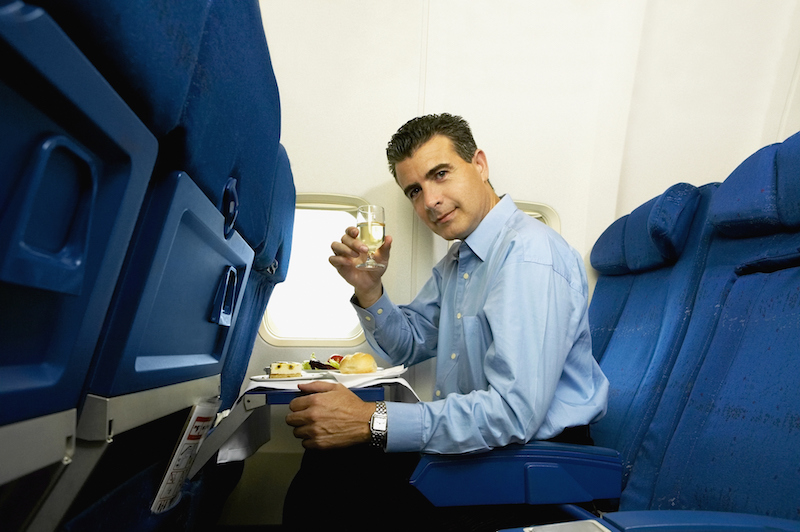 Travellers expect more when they fly in premium classes (Image courtesy of Getty).
Travellers expect more when they fly in premium classes (Image courtesy of Getty).Umami, the miracle flavouring
Umami, known as the “fifth basic sense” or the fifth element along with the taste signifiers of sweet, sour, salty and bitter, and was first discovered in Japan by the scientist Kikunae Ikeda in 1908. The distinct taste was found to be the key savoury factor in various foods including tomatoes, meat, Parmesan cheese and other foods. Heston has embraced this special ingredient, and he and BA have reworked the airline menu to incorporate more umami-rich dishes. The new offerings have been designed to help counter the bitterness found in food served at high altitudes, where other factors like cold temperatures, grey cabin lighting and high stress levels combine to dull passengers’ taste experiences of food.
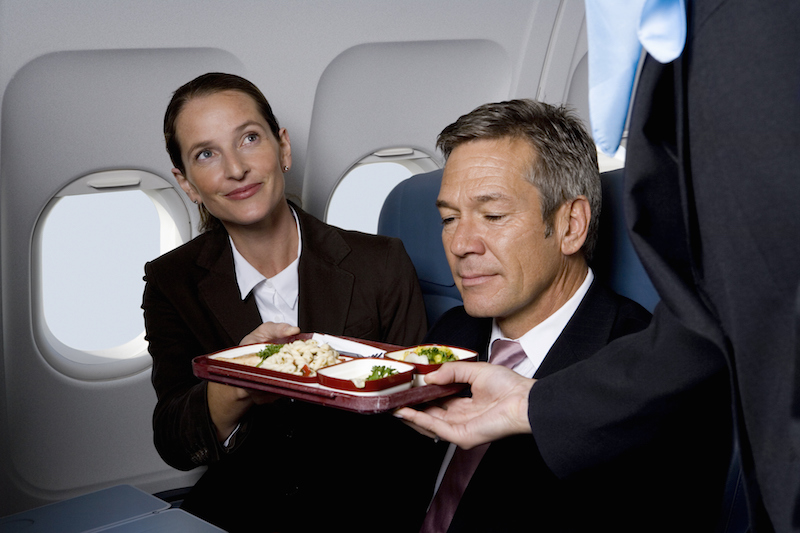 Business Class meals are receiving more investment by airlines to help them stay competitive in their service delivery (Image courtesy of Getty).
Business Class meals are receiving more investment by airlines to help them stay competitive in their service delivery (Image courtesy of Getty).Up in the air - what happens to your ability to taste?
Even before a plane takes off, the atmosphere inside the cabin dries out the nose. As the plane ascends, the change in air pressure numbs about a third of the taste buds. And as the plane reaches a cruising altitude of 35,000 feet, cabin humidity levels are kept low by design, to reduce the risk of fuselage corrosion. All of which helps explain why airlines go a bit heavy handed with the saltiness and spiciness of their food and serve wines that are very full-bodied and fruity. Without all that extra help, even the most delectable morsel would taste bland, and even the best wines would leave a bitter aftertaste. Which is a good segue to talk about how BA has also been upping the fruit content in their white wines, and also lessening the bitterness in their red wines (which tends to be heightened at high altitudes). It has also installed steam ovens in its first-class cabins, a tactic to help to heat bread without hardening it. BA has also worked with the English tea brand Twinings, to create the blend of its Kenya, Assam and High Ceylon teas that would taste better at high altitudes.
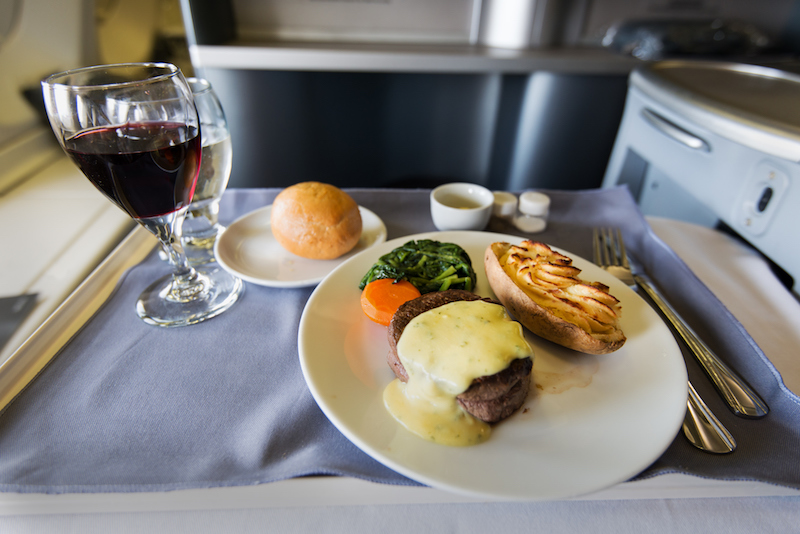 Ensuring that the food is tasty at 30,000 feet is a logistical challenge (Image courtesy of Getty).
Ensuring that the food is tasty at 30,000 feet is a logistical challenge (Image courtesy of Getty).Tasty Beer at 30,000?
In the competitive airline world where all players are trying to find a little edge in their service, menus, and entertainment, Cathay Pacific may have cracked the jackpot and created a beer that tastes good at 30,000 feet. Recently, the Hong Kong carrier introduced a beer brewed to taste good, way up in the air. It is brewed with honey and “dragon eye,” a fruit that tastes like lychee. All part and parcel of the efforts of air carriers like Cathay, who know that when you fly, your sense of taste changes, and so they try to address this in their food and drinks menus. Our sensitivity to sweet and salty foods drops by about 30 percent in the air, compared to when we’re on the ground, this is reaffirmed by key research over the last few years. At high altitudes, only that magic ingredient of umami — the pleasant, savory “fifth” taste beloved by Japanese chefs — seems to have real cut through to work against the high altitude factors impacting taste.
Taste molecules travel differently
Other research has shown that in addition to white noise, low humidity and low pressure also affect the way and the order in which molecules travel to our senses. According to Peter Barham of the University of Bristol, another expert in this area of science, he statres that at 30,000 feet, cabin air is drier than the air in most deserts, and this reduces our sense of smell, from which most of our sense of taste is derived. So when passengers savour a beer in the air, it’s because the environment affects “the way the brain interprets the signals,” Mr. Barham said, “so that changes the flavour of your beer.” Interestingly, some wines fare better than others, he noted, particularly those from countries like Chile, where grapes are grown and blended at high altitudes.
For those lovers of the French bubbly elixir, the news is not good. Champagne is probably best avoided while flying, even if the airlines do serve the very best Dom Pérignon. An experiment by the French Champagne producer Taittinger in 2010 showed that the aroma lessens with altitude and that bubbles stick to the sides of the glass instead of giving a steady stream of finer bubbles, considered an indicator of quality Champagne.
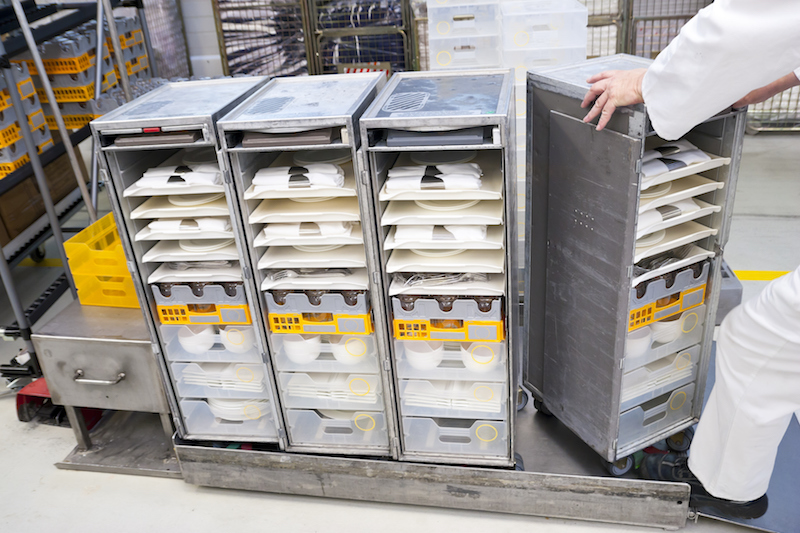 Adhering to safety standards, storing correctly and efficiently and then preparing to serve - requires a logistical miracle for every meal.
Adhering to safety standards, storing correctly and efficiently and then preparing to serve - requires a logistical miracle for every meal.Airline food - logistical miracle!
So while the likes of Heston can perform clever acts of culinary magic as far as tasting good goes, that is just step one of the logistical labyrinth that actually gets the food onto the plastic tray in front of the passenger. Catering companies have to worry about the logistics of getting the correct meal on the correct flight, on the right trays, into the right galley, at the right time. Catering facilities are part restaurants, part huge military operations, where thousands of workers prepare, grill, fry, bake, and whisk huge numbers of in-flight meals everyday. Food is to be cooked first on the ground, as per food safety standards and then it is blast-chilled and refrigerated until it can be stacked on carts and loaded on planes.
Once all the food is aboard, another challenge is that for safety reasons, open-flame grills and ovens aren’t allowed on commercial aircraft. This means that flight attendants are restricted to a form of cooking in galley spaces with convection ovens that really just all ows them to blow hot, dry air over the food. Newer planes have steam ovens, which are proving to be a better option because they help keep food moist. At the end of the day airline cooking is all about reheating – so creating a tasty, easily reheated kind of meal, where these is limited capacity for creative presentation, and where the meal is to be served with wines that don’t taste like lemon juice, remains a constant challenge for the airlines in the battleground for premium service delivery at 30,000 feet.


